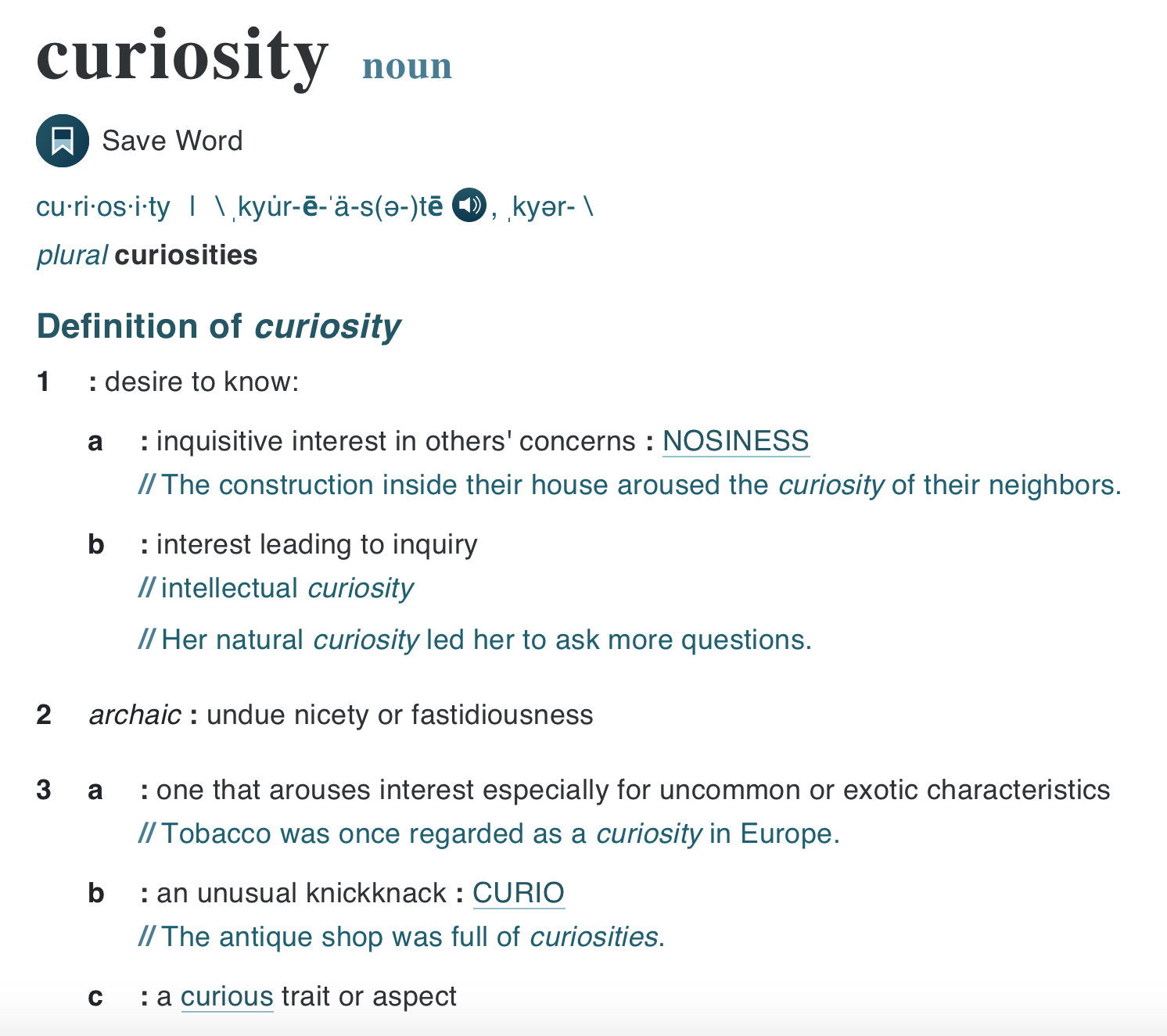
- Can you think of more things that were created because of someone’s curiosity?
- Do you consider yourself curious? Why or why not? What is something you are curious about?
- Who is someone you know who displays curiosity? Is there anything you can learn from them?
- Can you remember a time when you were curious?
When we think about the environments and materials that most naturally spark curiosity, what do we think of?
Read: Environments and Intelligent Materials (Pearson Chapter)
Drawing inspiration from Contemporary Art can really engage your students imaginations. Asking children to observe what they think each of the artists is using for their materials and how they came up with their ideas is a starting point that will expand into territories never imagined for your students. Here are just a few examples of artists using everyday “intelligent” materials to transform the ways we experience our world.
Imagine if your classroom could respond to you. The lights might grow softer when you need calm, or the walls might change color as you move, helping you focus or play. These “intelligent materials” make the classroom feel alive—like a partner in your learning.
Discussion Questions:
-
How would a classroom that responds to your emotions or movements change the way you learn?
-
What kinds of intelligent materials would you design for a school that encourages both imagination and focus?
-
Do you think technology in the classroom should always respond to us, or are there times when a quieter, less interactive environment is better?
- What are some of the materials for sparking children’s curiosity and play?
- Describe what is meant by curiosity, the characteristics of curiosity, and the role of curiosity in children’s play and learning?
- Explain the theory of loose parts and open-ended materials in relation to the thinking lens framework?
- Discuss the concepts of intelligent materials, materials with language, and materials as thinking tools in early learning programs.
- Document strategies for enhancing children’s curiosity with materials and spaces in indoor and outdoor environments.
13 Incredible Artivists Using Recycled Materials in Their Creations